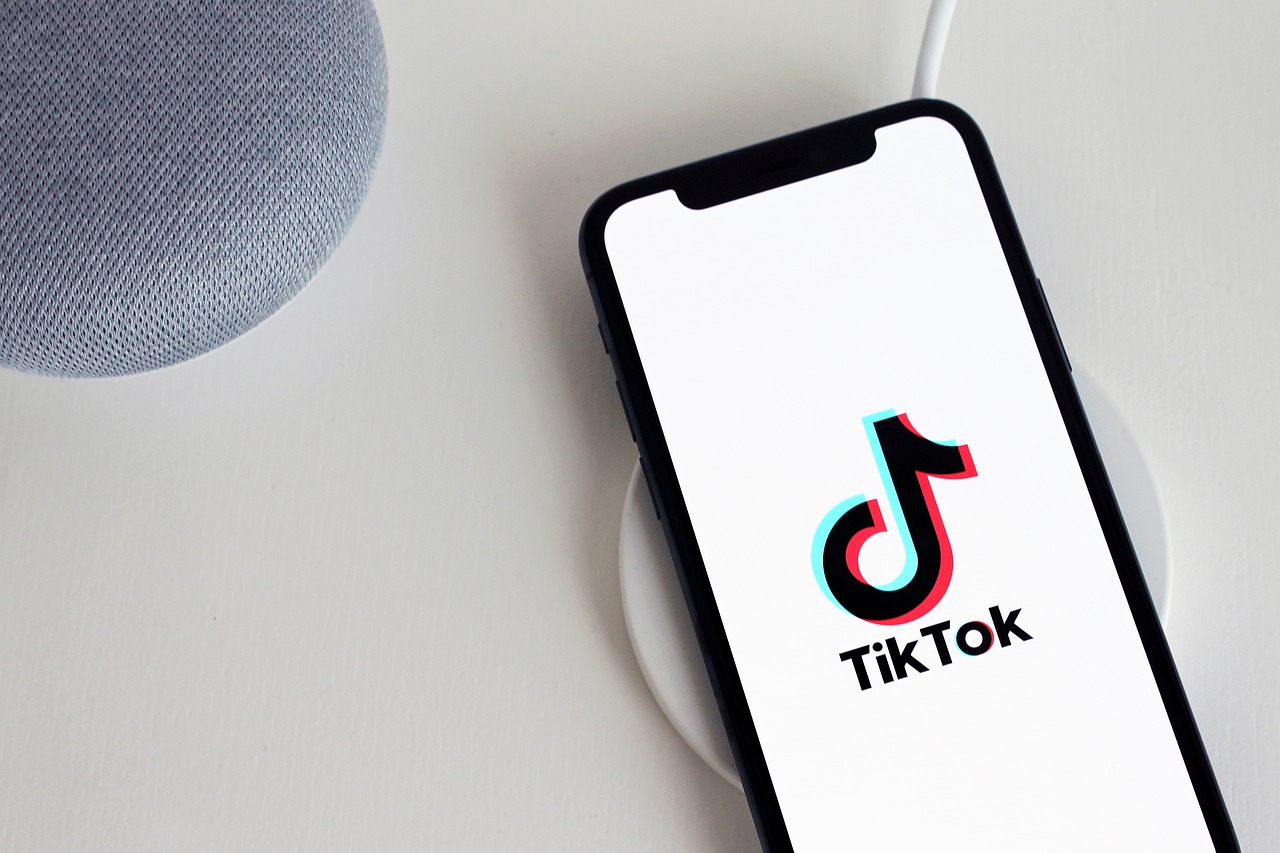
Ensuring Age-Appropriate Content: The Role of Parental Controls on TikTok
Posted by on 2024-01-05
Title: Ensuring Age-Appropriate Content: The Role of Parental Controls on TikTok
TikTok, a social platform known for its dynamic and creative content, has become a favorite among the younger generation. However, with its diverse range of videos comes the challenge of ensuring age-appropriate content. It is in this context that parental controls play an instrumental role.
Firstly, it is essential to understand how TikTok operates. Users generate short videos encompassing different themes like comedy, education, dance and more. While most content is harmless fun, some may not be suitable for all ages. To mitigate potential harm to young users, TikTok introduced 'Parental Controls', which are tools designed to shield underage users from inappropriate content.
The use of parental control features can significantly reduce exposure to unsuitable material on the platform. One such feature is 'Screen Time Management'. This tool allows parents to set a limit on the daily usage time for their child’s account. Beyond that predetermined period, access to content will be restricted.
Secondly, there's 'Restricted Mode'. When activated, this mode limits appearance of content that may not be appropriate for minors based on Tiktok's algorithmic judgment. Although no system is foolproof due to potential algorithm errors or misjudgments in user-generated contents’ appropriateness levels.
Moreover, TikTok offers 'Family Pairing' - linking a parent’s account with their child's account enabling direct influence over safety settings and monitoring capabilities. Parents can directly modify settings like turning off Direct Messages or setting accounts as private.
While these controls provide additional layers of protection against inappropriate content exposure they also encourage healthier digital habits amongst young users; however they should not replace open conversations about internet safety between parents and children.
As technology advances rapidly so too must our understanding surrounding its utilization by youth populations – particularly regarding platforms like TikTok where boundaries between creativity expression and explicit materials can blur.
In conclusion, while parental controls on TikTok provide a valuable tool in managing the digital wellbeing of children, they are not entirely foolproof. They are part of larger, holistic approach that includes open dialogue and education about digital safety and responsible online behavior. It is essential for parents to remain actively involved in their child's digital life to ensure a safe and enriching online experience.
Least probable words: instrumental, encompassing, mitigate, restricts, appearance, algorithmic, foolproof , misjudgments , appropriateness , modify , replace , utilization , populations , boundaries, expression explicit materials blur.